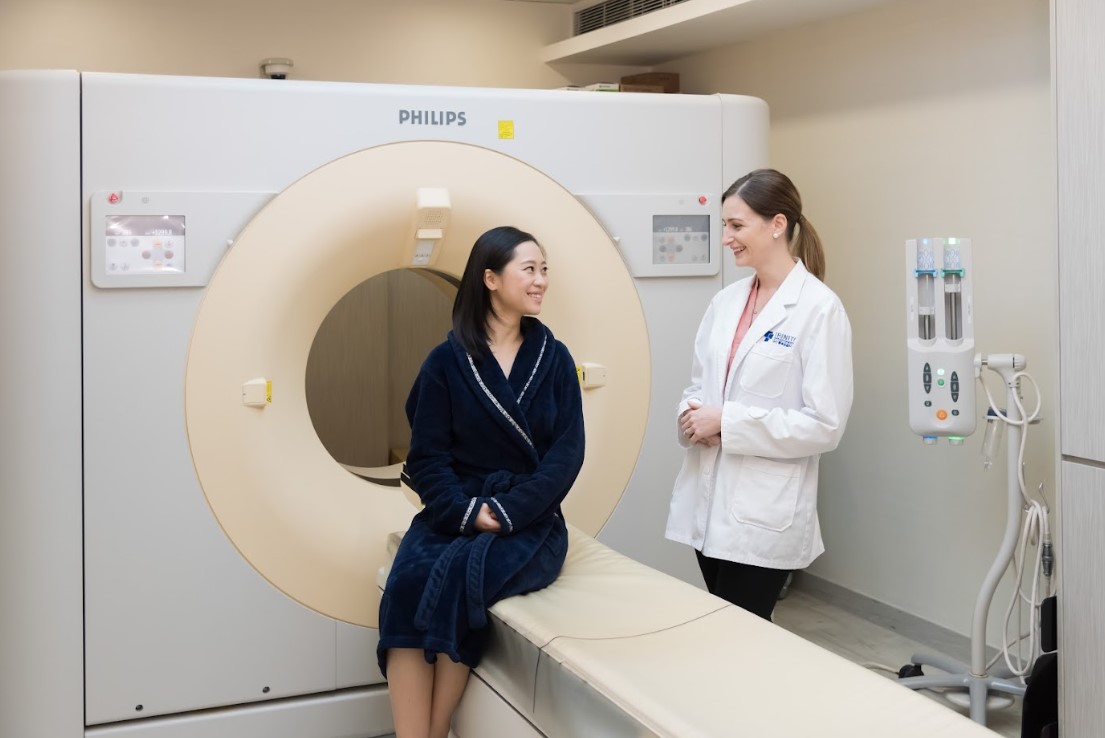
In today’s fast-paced world, the importance of accurate and timely diagnoses cannot be overstated. Medical imaging has emerged as a powerful tool in the field of healthcare, enabling medical professionals to diagnose, treat, and monitor a variety of conditions with precision and efficiency. In this comprehensive guide, we will explore the world of medical imaging, delving into its significance, the various techniques available, and the profound impact it has had on the healthcare industry.
Medical imaging refers to a collection of techniques and processes used to create visual representations of the internal structures and functions of the human body. These images play a crucial role in diagnosing, treating, and monitoring various health conditions, allowing healthcare providers to make informed decisions and deliver optimal care.
2. The Different Types of Medical Imaging
- X-Ray Imaging: One of the most common and widely used forms of medical imaging, X-rays produce images of the body’s internal structures by using a controlled amount of ionizing radiation. X-ray imaging is particularly useful for examining the skeletal system, detecting fractures, and identifying infections or tumors.
- Computed Tomography (CT) Scan: A CT scan combines multiple X-ray images taken from different angles to create detailed cross-sectional images of the body. This advanced imaging technique is helpful in detecting internal injuries, identifying tumors, and assessing blood vessels, among other uses.
- Magnetic Resonance Imaging (MRI): MRI uses a powerful magnetic field, radio waves, and a computer to generate detailed images of the body’s internal structures. MRI is particularly useful for examining soft tissues, such as the brain, spinal cord, and muscles, as well as detecting abnormalities and assessing the severity of certain conditions.
- Ultrasound Imaging: Also known as sonography, ultrasound imaging uses high-frequency sound waves to create real-time images of the body’s internal structures. This non-invasive technique is often used during pregnancy to monitor fetal development, as well as for diagnosing and treating various conditions related to the heart, blood vessels, and abdominal organs.
- Positron Emission Tomography (PET) Scan: PET scans use a small amount of radioactive material and a special camera to capture images of the body’s cells as they function. This imaging technique is particularly helpful in detecting cancer, evaluating the effectiveness of cancer treatments, and investigating brain disorders.
- Nuclear Medicine Imaging: This form of imaging involves the use of small amounts of radioactive materials called radiotracers, which are injected, swallowed, or inhaled by the patient. The radiotracer accumulates in specific organs or tissues, allowing specialized cameras to capture images of the body’s internal structures and functions.
3. The Importance of Medical Imaging
Medical imaging has become an indispensable tool in modern healthcare, with numerous benefits that contribute to improved patient outcomes and overall health.
- Accurate Diagnoses: Medical imaging allows healthcare providers to gain a detailed understanding of a patient’s condition, facilitating accurate diagnoses and reducing the likelihood of misdiagnosis. Early and precise diagnosis is crucial in the successful treatment of many conditions, as it allows for timely intervention and management.
- Guiding Treatment Decisions: By providing a comprehensive view of the patient’s condition, medical imaging aids healthcare providers in determining the most appropriate course of action, whether it be surgical intervention, medication, or other forms of treatment. Furthermore, medical imaging can be used to monitor the progress of treatment and make necessary adjustments to enhance its effectiveness.
- Minimally Invasive Procedures: Many medical imaging techniques, such as ultrasound and MRI, do not require the use of ionizing radiation or invasive procedures, reducing the risk of complications and discomfort for the patient. In addition, advancements in medical imaging have led to the development of minimally invasive surgical techniques that allow for quicker recovery times and reduced scarring.
- Cost-Effective Healthcare: By facilitating accurate diagnoses and guiding treatment decisions, medical imaging contributes to more efficient healthcare delivery. This helps to reduce unnecessary procedures and hospital stays, ultimately leading to cost savings for both patients and healthcare systems.
- Research and Development: Medical imaging plays a crucial role in the advancement of medical research, providing valuable insights into the functioning of the human body and the progression of various diseases. This information is invaluable in the development of new treatments and therapies, as well as the improvement of existing ones.
In conclusion, Medical Imaging play an important role in various aspects, shining a light on the unseen, guiding us towards better healthcare.

Leave a Reply